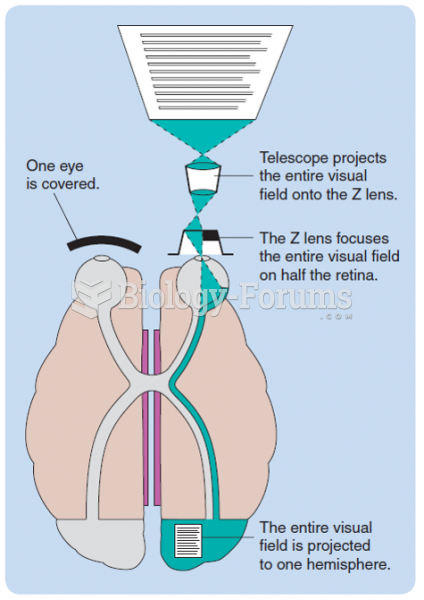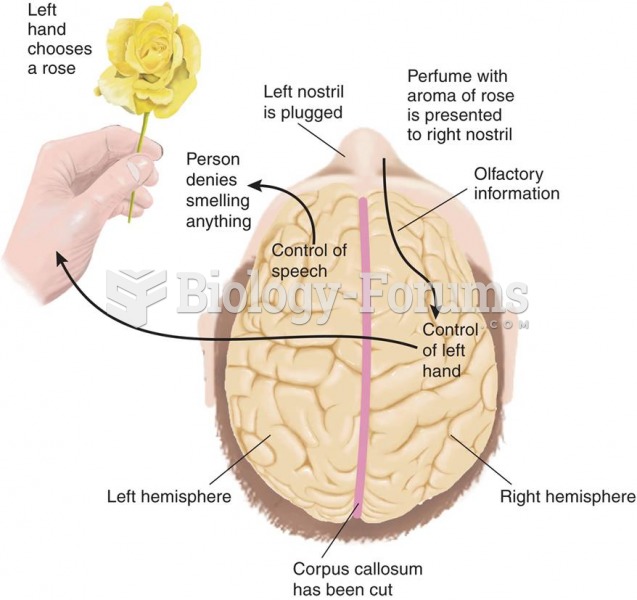|
|
|
Signs and symptoms of a drug overdose include losing consciousness, fever or sweating, breathing problems, abnormal pulse, and changes in skin color.
Certain chemicals, after ingestion, can be converted by the body into cyanide. Most of these chemicals have been removed from the market, but some old nail polish remover, solvents, and plastics manufacturing solutions can contain these substances.
In inpatient settings, adverse drug events account for an estimated one in three of all hospital adverse events. They affect approximately 2 million hospital stays every year, and prolong hospital stays by between one and five days.
People often find it difficult to accept the idea that bacteria can be beneficial and improve health. Lactic acid bacteria are good, and when eaten, these bacteria improve health and increase longevity. These bacteria included in foods such as yogurt.
Autoimmune diseases occur when the immune system destroys its own healthy tissues. When this occurs, white blood cells cannot distinguish between pathogens and normal cells.
 Richmond, Virginia, lies in ruins in April 1865 at the time of Lincoln’s visit—and a few days before
Richmond, Virginia, lies in ruins in April 1865 at the time of Lincoln’s visit—and a few days before
 The Z lens, which was developed by Zaidel to study functional asymmetry in split-brain patients. It ...
The Z lens, which was developed by Zaidel to study functional asymmetry in split-brain patients. It ...





